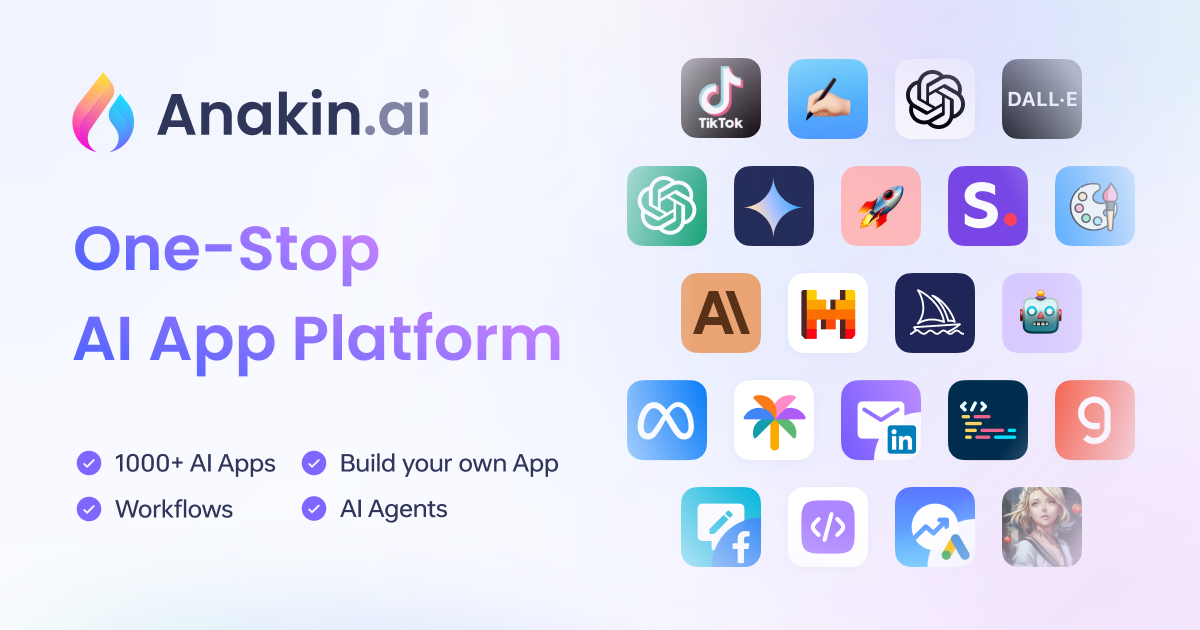Claude AI has recently rolled out two impressive updates that are set to make waves in the world of AI language models. If you’ve been following the progress of Claude, you’ll be excited to hear about these new developments. Let’s dive into what’s new, why it matters, and how it compares to other models on the market.
Special Note
If you’re looking for a powerful platform to explore the best AI models, consider checking out Anakin AI. With Anakin AI, you can access multiple AI models, including Claude 3.5, GPT-4, and more — all in one place. It’s the perfect way to experience the capabilities of these cutting-edge technologies firsthand.

Claude 3.5 Sonnet: Power and Precision

If you’re looking for a model that excels in logic, reasoning, and coding, Claude 3.5 Sonnet might be the perfect choice. Built with enhanced reasoning capabilities, Sonnet is designed to tackle complex problems effectively, making it ideal for those who require high accuracy and detailed problem-solving.
- Enhanced Reasoning Abilities: Claude 3.5 Sonnet has been upgraded to perform complex logical operations and reasoning tasks that previous models found challenging. Whether it’s solving intricate puzzles, handling advanced logical queries, or dealing with sophisticated problem-solving, Sonnet is your go-to.
- Advanced Coding Performance: This model isn’t just for answering questions; it’s also extremely proficient when it comes to coding. If you need to generate, refine, or debug code, Sonnet provides more refined output, making it suitable for developers working on projects that require accuracy and in-depth responses.
- Ideal Use Cases: The Sonnet model is perfect for tasks involving detailed analysis, coding challenges, and even creating in-depth content, such as articles, marketing material, and technical documentation.
Claude 3.5 Haiku: Speed and Accessibility
On the other hand, Claude 3.5 Haiku is designed with speed and efficiency in mind. If you need quick responses that are still intelligent but less resource-intensive, Haiku delivers. It’s built to be lightweight, making it faster and easier to integrate into projects that prioritize speed over depth.
- Lighter Framework: Unlike Sonnet, Claude 3.5 Haiku operates with a streamlined approach, allowing for quicker interactions. It doesn’t require as much computational power, which means it’s more accessible for everyday use and suitable for environments where speed matters.
- Versatile Applications: While it may not have the detailed reasoning power of Sonnet, Haiku shines in scenarios where efficiency and quick adaptability are crucial. It’s perfect for customer support bots, interactive assistants, and other situations where you need rapid answers without the depth of complex problem-solving.
- Best Fit: Haiku is great for businesses needing fast, reliable AI for general inquiries, content suggestions, and interactive applications where response time is key.
Benchmark Comparisons: Sonnet vs. Haiku
When comparing Claude 3.5 Sonnet and Claude 3.5 Haiku, it’s essential to focus on their core strengths.

- Performance: In benchmark tests, Claude 3.5 Sonnet has consistently outperformed Haiku in areas such as logical reasoning, complex problem-solving, and detailed coding tasks. If accuracy and a higher degree of cognitive capability are what you’re after, Sonnet is the clear winner.
- Speed: Haiku takes the lead when it comes to speed and responsiveness. It’s faster, thanks to its lightweight design, which means less lag time in interactions and more immediate results for simpler queries.
- Efficiency: Claude 3.5 Haiku’s efficiency makes it highly adaptable for high-volume, quick-response environments. It offers a solid balance between cost and performance, making it ideal for applications that don’t require deep analytical capabilities.
Which Claude Model Should You Choose?
Choosing between Claude 3.5 Sonnet and Claude 3.5 Haiku boils down to what you need from an AI model.
- Choose Claude 3.5 Sonnet if: Your work involves intricate analysis, advanced coding, or detailed content creation that requires robust reasoning and accuracy. It’s also great for professional developers, writers, or researchers who need high-level precision in their output.
- Choose Claude 3.5 Haiku if: You need a fast, efficient AI assistant that can handle general tasks, customer inquiries, and creative prompts without requiring heavy computation. It’s perfect for businesses that require speed and reliability in customer support, simple automation, or fast-turnaround content ideas.
Final Thoughts: Tailoring Claude 3.5 to Your Needs
The Claude 3.5 Sonnet and Haiku models both bring something unique to the table. Sonnet offers depth, precision, and power, making it ideal for complex tasks, while Haiku provides a lighter, faster option for situations where efficiency and speed are paramount. The key is understanding your needs and choosing the model that fits best.
With the advancements in both of these models, it’s clear that Claude AI is expanding the boundaries of what’s possible with AI-driven language models. Whether you need detailed problem-solving or a quick-response assistant, Claude has a solution for you.
Ready to Try These Models?
Explore the power of Claude 3.5 Sonnet and Haiku yourself! Visit Anakin AI to experience these models firsthand and see how they can transform your workflows. Whether you’re a developer, content creator, or just curious, Anakin AI offers access to the best AI models in one place. Get started today and discover the future of AI-powered productivity.
